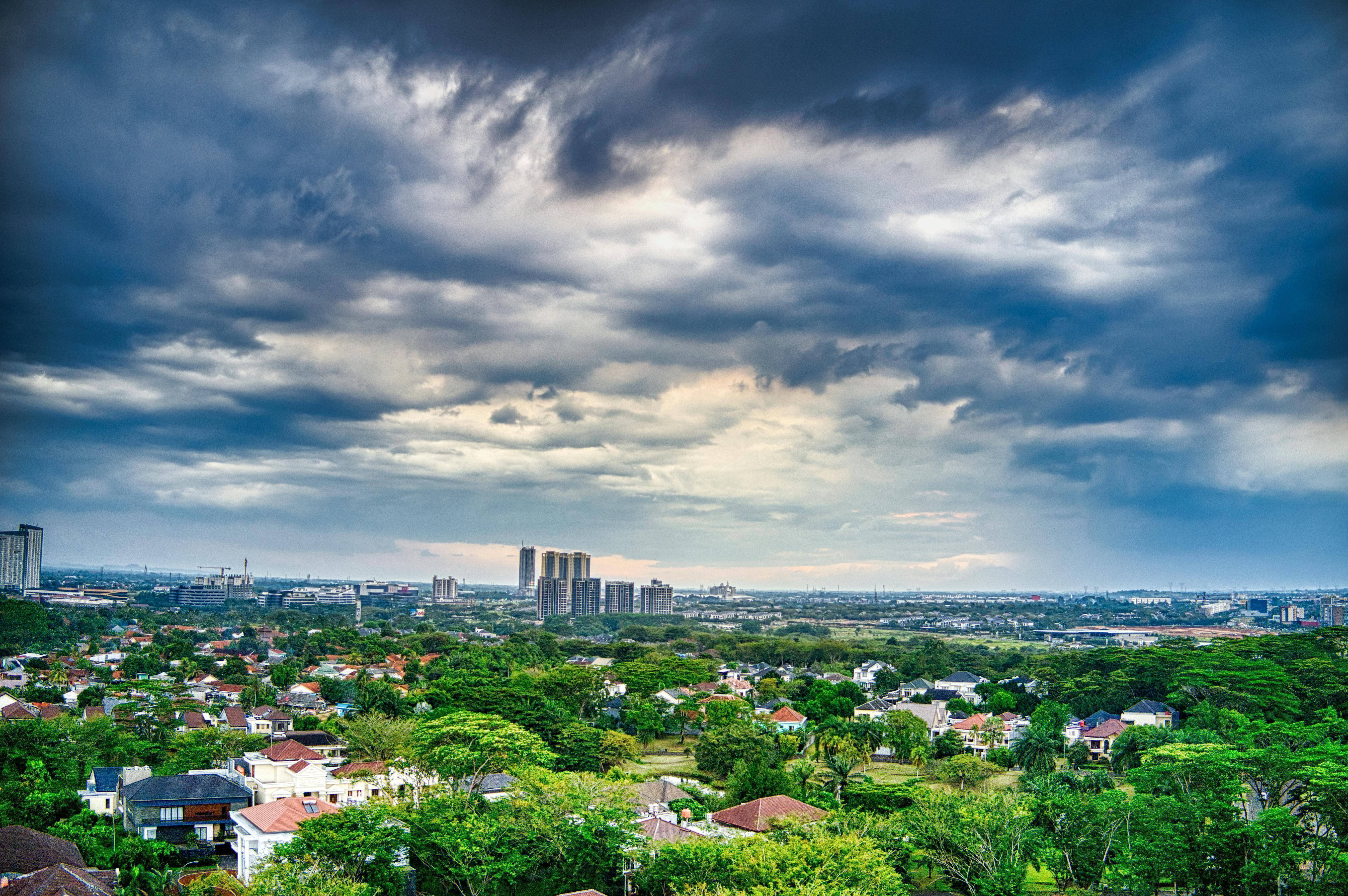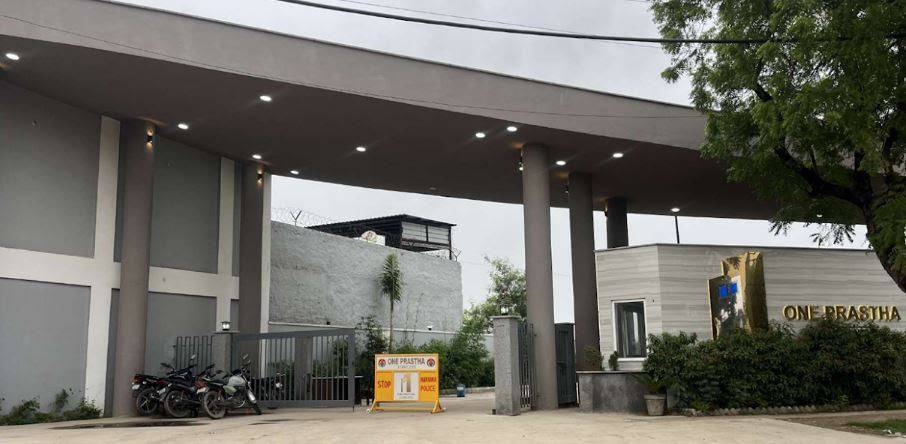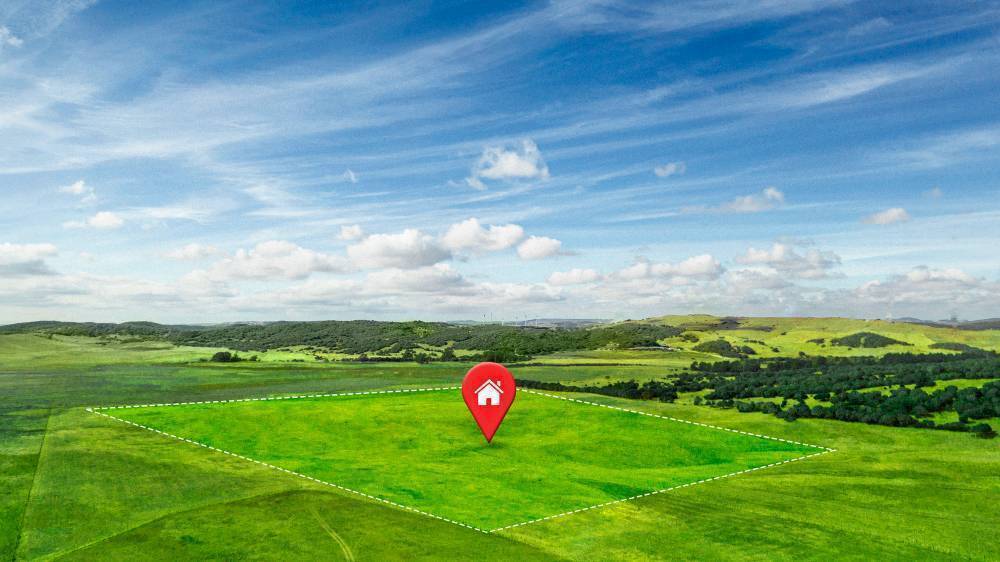India is rapidly urbanizing, with its urban population expected to reach 600 million by 2030. This expansion creates immense pressure on housing, infrastructure, and resources. Urban areas already account for nearly 70% of India’s energy consumption and 40% of its carbon emissions, contributing significantly to environmental issues like climate change.
The increasing demand for cities to grow sustainably has brought attention to sustainable real estate. This approach not only addresses environmental concerns but also reimagines how cities can function more efficiently and responsibly.
The Rise of Green Buildings in India
Green buildings, which prioritize energy efficiency, water conservation, and environmentally friendly practices, have transformed from a niche concept to a mainstream necessity.
- In 2001, India had less than 20,000 square feet of green building space.
- By 2023, this number skyrocketed to over 10.25 billion square feet, making India one of the top five countries globally in terms of green building area.
Organizations like the Indian Green Building Council (IGBC) and Green Rating for Integrated Habitat Assessment (GRIHA) have played a pivotal role in certifying and promoting these projects. They evaluate buildings based on metrics like energy savings, water usage, and indoor air quality, encouraging developers to adopt sustainable practices.
For example, an IGBC-certified building can achieve energy savings of 30-50% and water savings of 20-30%, demonstrating both environmental and economic benefits.
Why Sustainable Real Estate is Gaining Traction?
One of the key reasons sustainable real estate is gaining momentum is its long-term financial viability.
- While these buildings may cost more to construct initially, they offer substantial savings on operational costs, making them an attractive option for developers and investors.
- According to IGBC, green buildings can reduce energy use by 30-50% and water consumption by 20-30%, leading to lower utility bills.
These financial benefits, coupled with increasing focus on Environmental, Social, and Governance (ESG) standards, have attracted large institutional investors. Companies and funds like BlackRock and Brookfield are now actively investing in India’s green commercial properties. This aligns with global goals of carbon neutrality and reduces the risk of obsolescence as environmental regulations become stricter.
Energy Efficiency as a Cornerstone of Sustainability
Energy efficiency is a crucial aspect of sustainable real estate, especially in a country like India, where energy demand is expected to increase by 80% by 2040. Developers are adopting concepts like Net Zero Energy Buildings (NZEBs), which generate as much energy as they consume.
Notable Projects:
- Infosys Campuses in Pune and Hyderabad: These offices use technologies like radiant cooling, solar panels, and smart building systems. By implementing such solutions, they’ve reduced energy consumption by over 60% compared to conventional buildings.
- Tata Housing’s Serein Project in Thane: This residential project uses solar-powered lighting and energy-efficient HVAC systems, offering residents reduced energy costs and aligning with global climate goals.
Addressing India’s Water Scarcity with Green Projects
Water scarcity impacts nearly 600 million Indians, making water conservation essential in sustainable real estate. Many leading projects now incorporate innovative solutions such as:
- Rainwater harvesting systems
- Greywater recycling (reuse of lightly used water from sinks or washing machines)
- Zero-liquid discharge plants, ensuring no wastewater is released untreated into the environment.
Notable Projects:
- DLF Cyber City in Gurgaon: Treats 80% of wastewater for reuse in landscaping and cooling.
- Mindspace Business Parks by K Raheja Corp: Implements a "zero-water waste" policy, reducing reliance on external water sources.
By integrating such systems, these projects not only save resources but also make real estate more resilient against future water shortages.
Managing Construction and Solid Waste
Construction waste contributes significantly to urban pollution, accounting for 25-30% of solid waste in Indian cities. Developers are now integrating waste management practices into their projects from the design stage itself.
Notable projects:
- Shapoorji Pallonji’s Parkwest Project in Bengaluru: This project uses pre-fabricated construction materials, reducing on-site waste by nearly 40%. It also includes systems for waste segregation and composting, setting new standards in sustainable construction.
- Godrej Garden City in Ahmedabad: Features biogas plants that convert organic waste into energy, which powers common areas and reduces landfill dependency.
Renewable Energy in Real Estate
India’s renewable energy capacity reached an impressive 125 GW in 2023, and the real estate sector has significantly contributed to this growth. Beyond solar panels, innovative solutions like solar leasing and off-grid energy systems are transforming energy consumption patterns in real estate.
Notable Projects:
- Embassy Office Parks REIT : India’s first listed real estate investment trust adopted renewable energy across its portfolio, reducing carbon emissions by 30% annually.
- Mahindra Lifespaces' Bloomdale Project in Nagpur : Utilizes solar power for common areas, ensuring cost efficiency and environmental sustainability.
Shifts in Commercial Real Estate
Commercial real estate is evolving with the rise of green leasing agreements, where tenants and landlords share responsibilities for maintaining sustainable practices. Major corporations like Google and Amazon are now demanding green-certified spaces for their offices, driving developers to prioritize sustainability.
According to JLL India, 50% of India’s Grade A office spaces (high-quality commercial spaces) are now green-certified, up from just 20% a decade ago.
Social and Health Benefits of Sustainable Real Estate
Sustainable real estate isn’t just about saving energy or water; it also improves social well-being. Projects with:
- Green spaces
- Natural ventilation
- Low-emission materials
...enhance physical and mental health. For instance, Brigade Utopia in Bengaluru includes walking tracks, urban forests, and community areas, fostering a sense of community while reducing stress.
Research has shown that access to green spaces can reduce stress by 25% and significantly improve overall life satisfaction.
A Greener Future for India
India’s shift toward sustainable real estate reflects a growing commitment to environmental responsibility and resource efficiency. The combined efforts of government policies, industry leaders, and increased public awareness are driving this transformation. As the nation moves forward, sustainable real estate is paving the way for greener, healthier, and more resilient urban landscapes.
This movement not only addresses urgent environmental challenges but also creates cities where people can thrive both economically and socially.









.png)